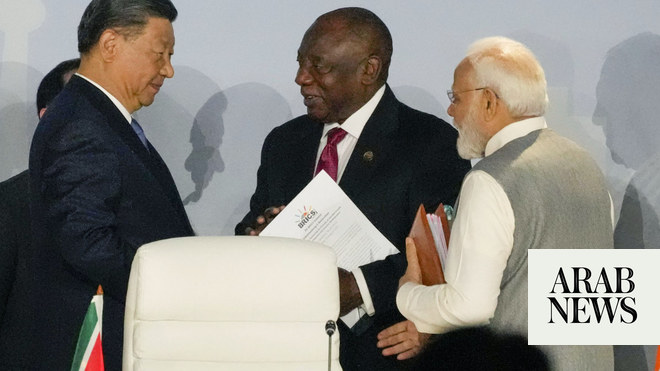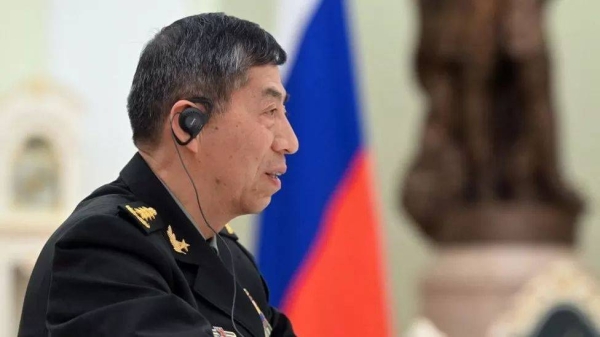
In early May, Indian media reported that Chinese forces had crossed the Line of Actual Control (LAC) in the Aksai Chin area that abuts India’s Ladakh region. This bleak and desolate land in the extreme north of India has valleys 15,000 feet deep and hills that reach up 18,000 feet. It was a major military front in the 1962 Sino-Indian War, which led to China occupying a large part of the Aksai Chin plateau and the forces of the two countries being separated by the LAC.
India and China do not agree on the exact demarcation of the LAC on the ground, with both sides asserting different territorial claims. This has led to frequent charges of intrusion across the LAC by both sides. These confrontations have involved physical jostling, punching and rock-throwing, but there has been no exchange of fire since 1975, and the situation has always been settled by discussions between local commanders.
On this occasion, Indian reports state that Chinese intrusions began around mid-April at three or four separate points along the LAC. Several meetings of local commanders failed to defuse the situation, and there were fears that the confrontation could even escalate into a limited war. The confrontation was finally resolved last week through a virtual conversation between the territorial heads of the two foreign ministries, where both sides noted the “strategic guidance” of their leaders and affirmed the importance of “peaceful, stable and balanced relations” between the two countries. This was followed the next day by a seven-hour discussion between the regional corps commanders.
Both sides have expressed “satisfaction at the positive trajectory” of the talks, which are to be followed by meetings between local commanders. These are expected to make only slow, incremental progress. The Indian side is insisting on the restoration of the status it obtained in April, which would require both sides to remove forces and military equipment in a phased manner.
There is considerable speculation about the reasons that motivated China to initiate the confrontation in Ladakh. For Beijing, Aksai Chin has considerable strategic importance, since its National Highway 219 from Tibet to Xinjiang passes through it. China has upgraded its infrastructure in the region with new roads, airbases and military facilities. It is now concerned about the development of logistical connectivity on the Indian side, particularly the 255 km all-weather road from Darbuk to Daulat Beg Oldie, located at the strategic Karakoram Pass that links India with Xinjiang.
There are unconfirmed reports that, with the recent intrusions, the Chinese have occupied some militarily important hilltops and intruded into Indian-claimed areas by up to 10 km, obtaining considerable strategic advantages.
There is also speculation that China may have had domestic compulsions too. As China has been criticized, mainly by Western countries led by the US, for its handling of the coronavirus pandemic in its early stages, it has responded by adopting tough positions on issues relating to Hong Kong, Taiwan and the South China Sea. The confrontation at Aksai Chin could be part of this nationalist aggressiveness, some commentators suggest.
But the principal concern that possibly animates China at present is the conviction that India has been gradually shifting toward the US camp and is teaming up with the Americans and other Western allies in an anti-China coalition. This process might have been accelerated during the pandemic, when the US has been particularly hostile toward Beijing on a number of fronts — trade, technology, investment and regional issues — and is possibly even seeking to shape an expanded G7 into a broad anti-China coalition.
In support of this perception, Chinese commentators note India’s increasing defense ties with the US and its backing for the “Indo-Pacific,” an avowedly anti-China concept that links US interests in the western Pacific with India’s desire to exclude China from the Indian Ocean. In line with this thinking, Chinese observers even fear that India could collaborate with the US to reverse its occupation of Aksai Chin.
Most Indian commentators believe China has misread New Delhi’s interests and intentions. In a recent Brookings Institution paper, former national security adviser Shivshankar Menon affirmed that “strategic autonomy” would remain the defining feature of India’s foreign policy. And, while the US will be important for
There is considerable speculation about the reasons that motivated China to initiate the confrontation in Ladakh.
Talmiz Ahmad
India’s economic development, Washington “will no longer be the upholder of the international order… and seems to have tired of that role.”
India and China, as major Asian powers with an expanding regional footprint, are bound to have issues on which they will compete, just as there are large areas where their interests converge. What the recent Aksai Chin standoff has affirmed is the need for the two countries to revitalize the “China-India Plus” concept, which was devised at the India-China Wuhan summit in April 2018 and through which they can address regional matters between themselves before they engage with third parties. This can reduce, if not eliminate, the areas of dispute and competition between them, besides bringing greater stability to the region they share.
As the pandemic wreaks havoc on the old order, this new concept can reshape regional and global affairs.
Talmiz Ahmad is an author and former Indian ambassador to Saudi Arabia, Oman and the UAE. He holds the Ram Sathe Chair for International Studies at the Symbiosis International University in Pune.
Disclaimer: Views expressed by writers in this section are their own and do not necessarily reflect Arab News" point-of-view












